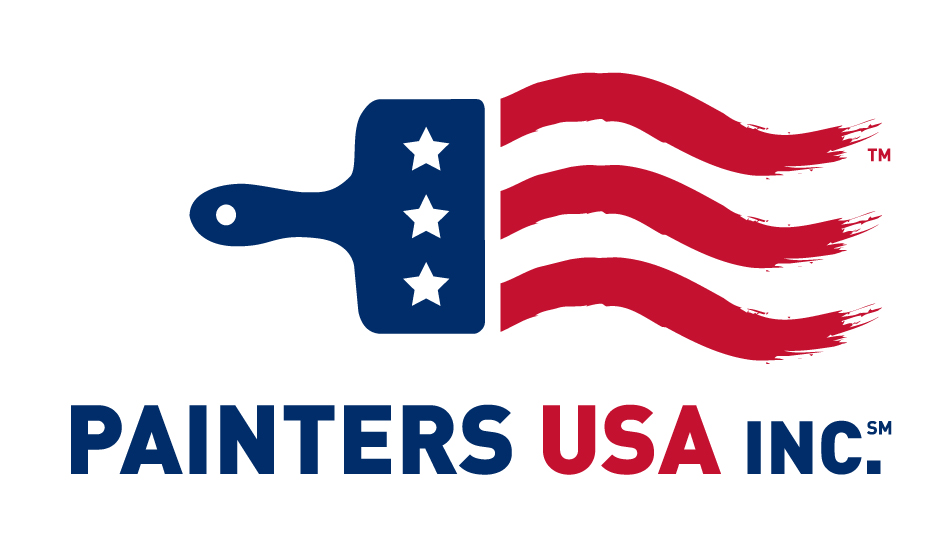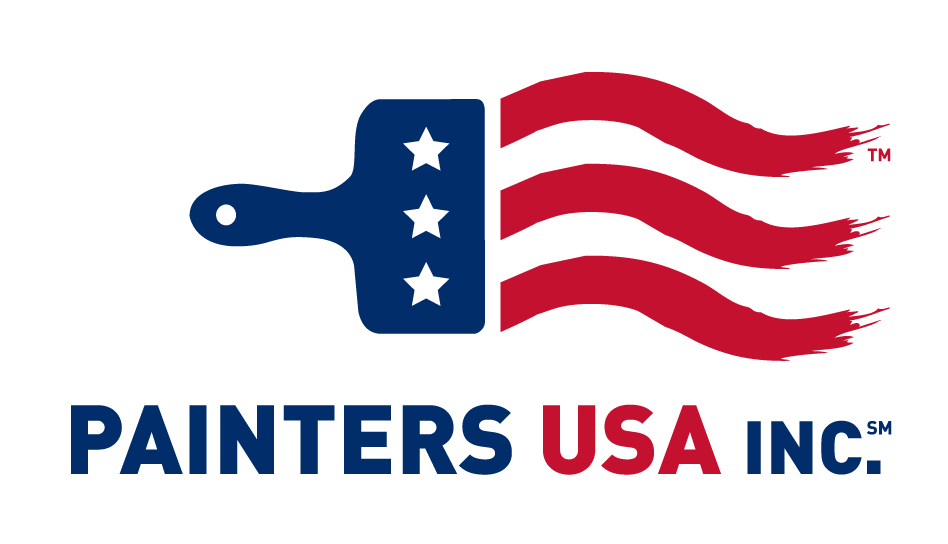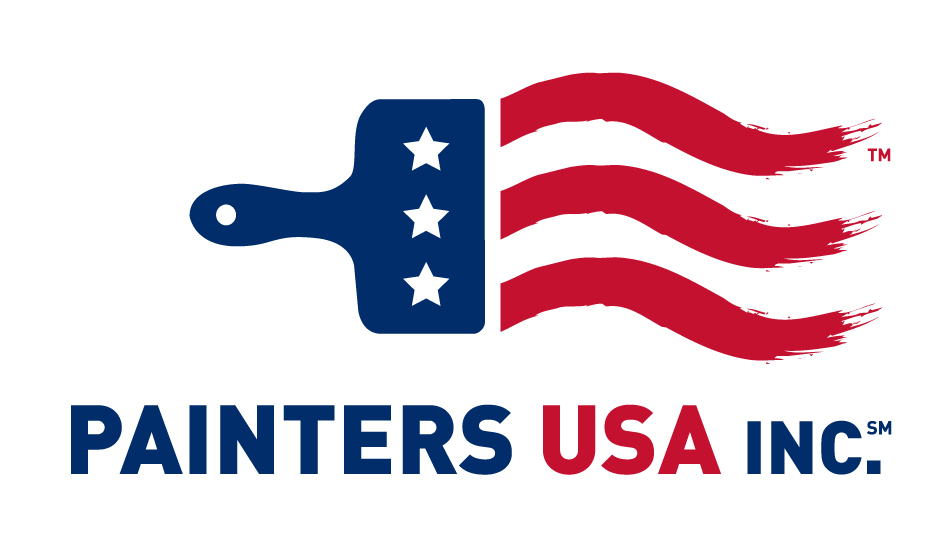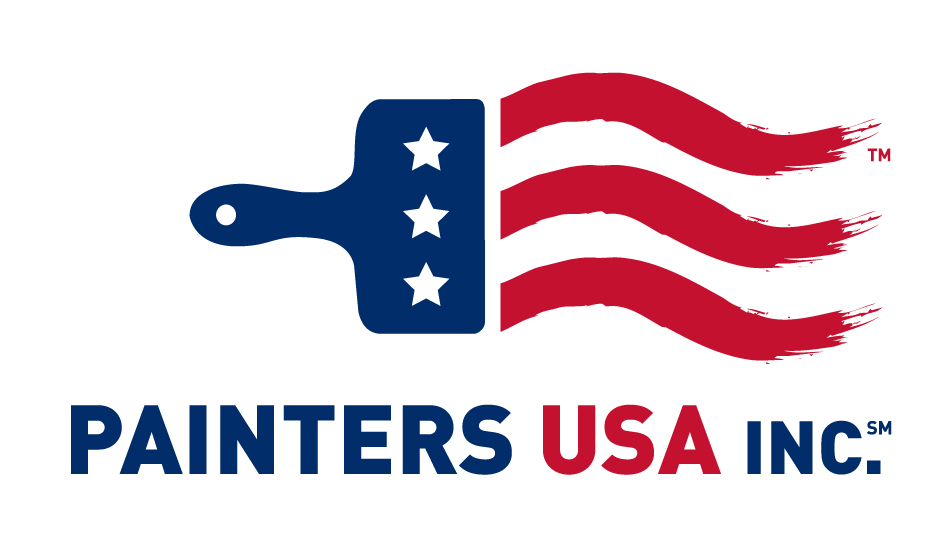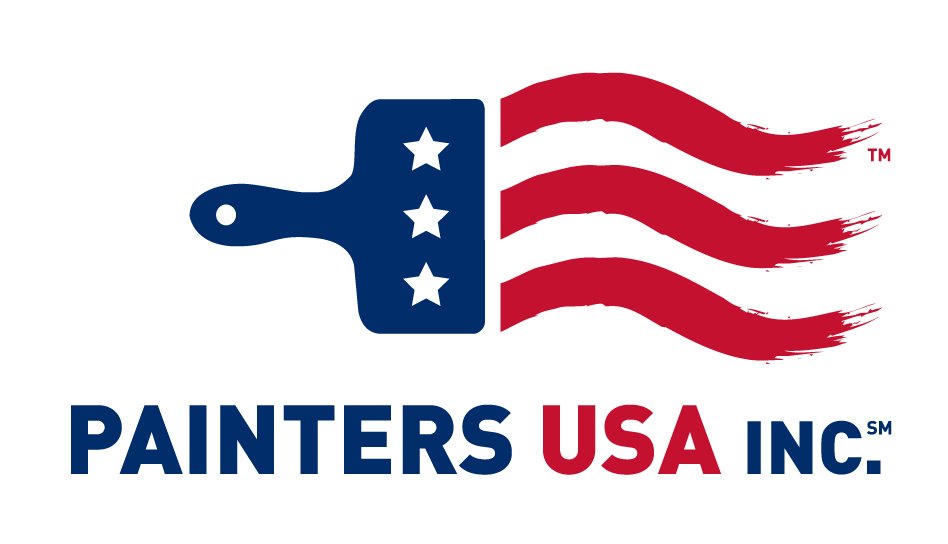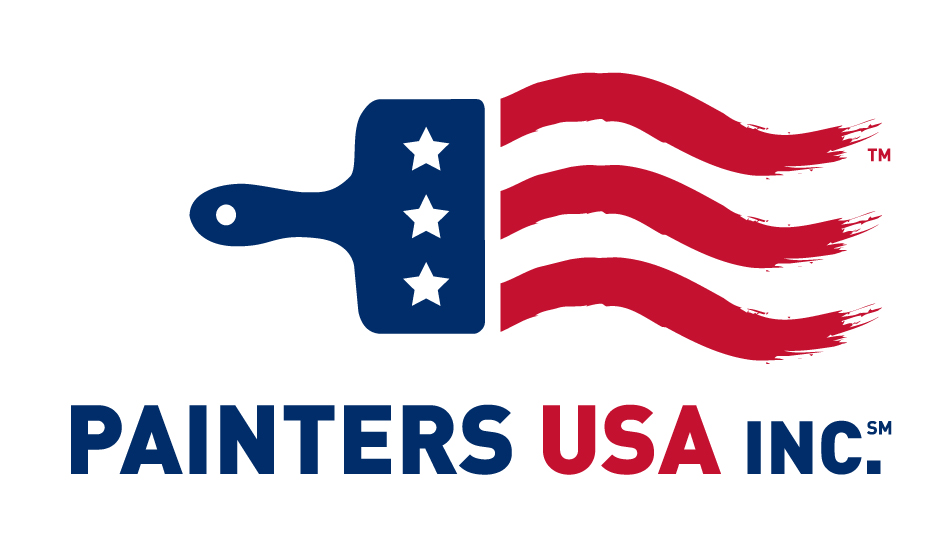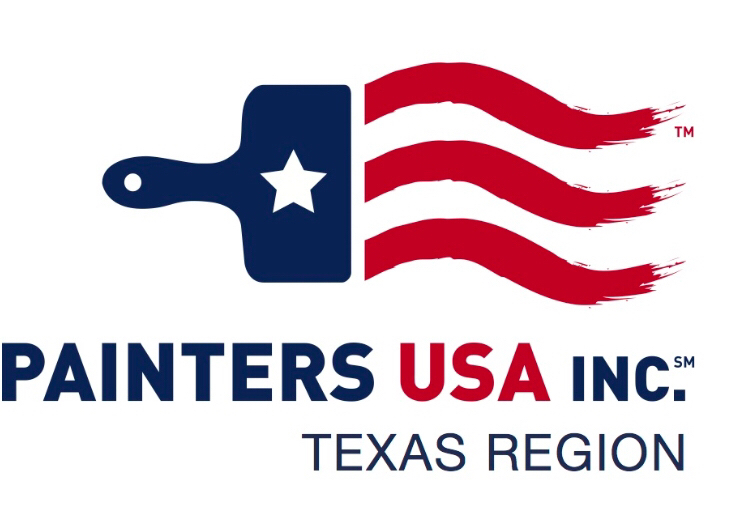Information
-
Document No.
-
Job Name
-
Job #
-
Conducted on
-
Prepared by
-
Location
-
Personnel
-
** Must Have Field Supervisor Approval Every Day To Spray **
General Overspray Checklist Notes
-
Review The Overspray Prevention Plan In Job Details With The Crew
-
Make Sure That All Crew Members Know In What Conditions We Will Stop Spraying. (Ex: Wind Above 10 MPH, Cars Within 50 Yards, Wind Direction Change, Ect.)
-
All Crew Members Understand They Can Say NO
-
Review & Discuss Any Changes In Site Conditions From Previous Day
-
Review & Discuss Any Ways To Improve Spray Containment
-
Walk Job Site Everyday & Look For Vehicles Parked Within 200 Yards Circumference Of The Spraying Location * All Car Covers To Be Installed Before Spraying Begins & Removed Before Employees Go Home For The Day *
-
Mark Area That Could Be Affected By Overspray With Caution Tape. Ensure That Warning Signs Have Been Posted At Employee Entrances & Exits.
-
Measure Wind Speed & Wind Directions Every Hour & Log In LogSheet
-
Hang "Wind Sock" (Caution Tape Flag) To Monitor General Speed & Direction
-
Check Spray Tips, Log Number Of Gallons Used Per Tip, Log When You Last Switced Out
-
Check Spray Rig Pressure Sevreal Times Per Day - Adjust By The Situation
-
Check All Containment Gear & Equipment. Look For Rips In Plastic, New Areas To Be Contained.
-
Talk To Customer Every Day To Advise If We Will Be Spraying Or Not. Discuss Employees Cars In Wrong Locations, Changing Wind Conditions, & Any Other Concerns You May Have.
-
Discuss What Crew Plan Will Be If We Can't Sprat Today:
Photos:
-
Photo Of "Wind Sock"
-
Equipment / Containment Photos:
Foremen & Crew
-
Foremen:
-
Identify Who On The Crew Is Responsible For Monitoring Overspray. Usually This Is The Ground Guy. Should Be Checking Cars & Surrounding Structures For Evidence Of Paint Overspray.
-
Name Of Person Responsible For Monitoring Overspray:
-
Crew:
-
Crew:
-
Crew:
-
Crew:
-
Crew:
